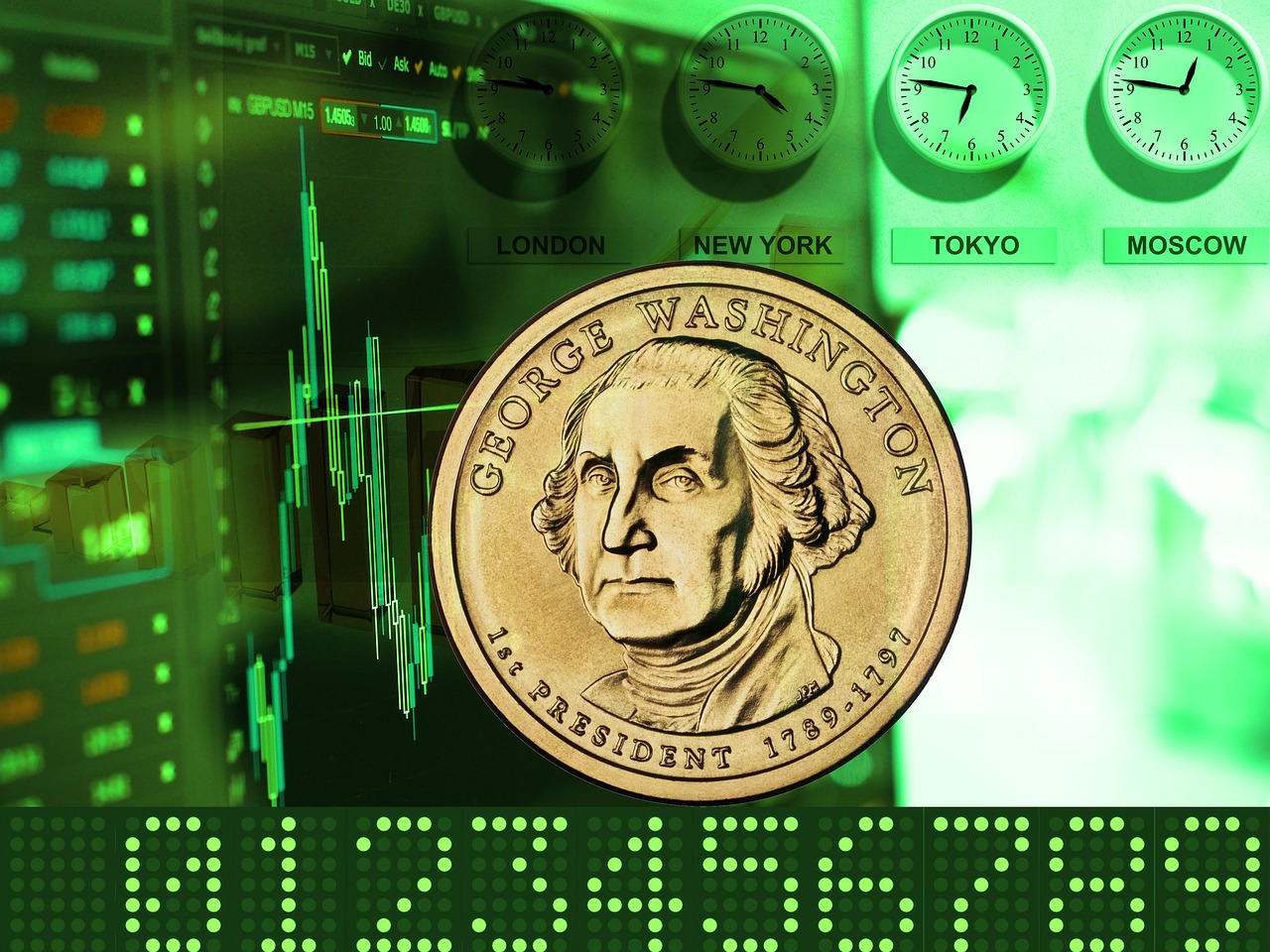Copper stocks have gained attention in 2025 due to rising copper prices driven by global demand and energy transition needs. Investors interested in commodities often look to copper mining companies as a practical way to gain exposure without directly trading futures contracts.
The most reliable approach to investing in copper is through established mining companies, many of which are listed on major exchanges like the TSX and the U.S. stock market. These companies offer a way to participate in the metal’s growth while benefiting from operational activities like exploration and production.
The current market conditions position copper stocks as an important consideration for portfolios focusing on industrial metals and green energy themes. Tracking top performers and understanding market trends can help investors make informed decisions in this sector.
Understanding Copper Stocks
Copper stocks represent companies engaged in various stages of copper production and influence from market factors. Investors must grasp what these stocks entail, the different categories available, and the drivers behind their price fluctuations.
What Is a Copper Stock?
A copper stock is a share of a company involved in copper mining, processing, or distribution. These companies extract copper ore, refine it, and sell it to industries that require the metal.
Investors buy copper stocks to gain exposure to the metal’s price movements and industrial demand. Copper’s wide use, especially in power transmission, construction, and renewable energy, ties the value of these stocks closely to economic development.
Ownership in these companies means participation in profits tied not only to copper prices but also operational performance and geopolitical factors affecting mining regions.
Types of Copper Stocks
Copper stocks can be categorized mainly into three types:
- Mining Companies: Those focused on extracting copper from the earth. They hold significant reserves and operate mines globally.
- Copper Producers: Companies that refine and process raw copper into usable products like wires and cables.
- Diversified Miners: Firms that produce copper alongside other metals, offering broader exposure to metals markets.
For example, some top Canadian copper stocks primarily focus on mining, while larger U.S. firms may operate across mining and refining. Each type carries different risk and return profiles linked to their operational complexity.
Key Factors Influencing Copper Stock Prices
Copper stock prices respond to multiple factors, including:
- Copper Metal Prices: A direct driver. For instance, a 5% rise in copper prices can lead to a 7% increase in certain copper stocks.
- Global Demand: Construction, infrastructure expansion, and electrification trends boost copper demand.
- Geopolitical Risks: Mining locations may face regulatory changes or instability affecting supply.
- Company Operations: Production efficiency, cost control, and reserve quality impact profitability.
- Macroeconomic Trends: Inflation, currency fluctuations, and trade policies also influence stock valuations.
Investors must monitor these dynamics closely to assess potential risks and returns in copper stock investments.
Investing in Copper Stocks
Copper stocks represent companies involved in the mining, refining, and production of copper. Investors consider these stocks for exposure to the metal’s demand, particularly due to its role in technology and infrastructure. Understanding the key players, market risks, and current trends is essential for making informed decisions.
Major Copper Mining Companies
The largest copper producers dominate the market and often influence price movements. Companies like BHP Group, Freeport-McMoRan, and Glencore have extensive mining operations worldwide and benefit from economies of scale. On the Toronto Stock Exchange, firms such as First Quantum Minerals and Teck Resources are significant players in copper production.
These companies typically engage in exploration, extraction, and processing. Their production volumes and global footprint make them less volatile than smaller miners. Investors often focus on these majors for stability and consistent dividend payouts, though growth opportunities can be more limited compared to smaller firms.
Risks and Rewards of Copper Investments
Copper investments carry both price volatility and geopolitical risks. Copper prices are sensitive to economic cycles, especially industrial demand from sectors like construction and electric vehicles. Supply disruptions, labor strikes, or political instability in mining regions can sharply affect stock values.
On the upside, rising demand driven by electrification and renewable energy adoption supports long-term growth. However, investors must be wary of price swings linked to global trade dynamics and inventory levels. Currency fluctuations and environmental regulations also impact company profitability and stock performance.
Trends Shaping the Copper Stock Market
The copper market is increasingly influenced by the transition to a low-carbon economy. The expanding use of copper in electric vehicles, batteries, and renewable infrastructure is a major growth driver. Investment in green technologies is pushing up demand forecasts for the metal.
Another trend is the rising importance of sustainable mining practices. Companies with strong environmental, social, and governance (ESG) policies attract more investment. Technological advances in mining and processing may reduce costs and improve supply chain transparency, further shaping stock valuations.



